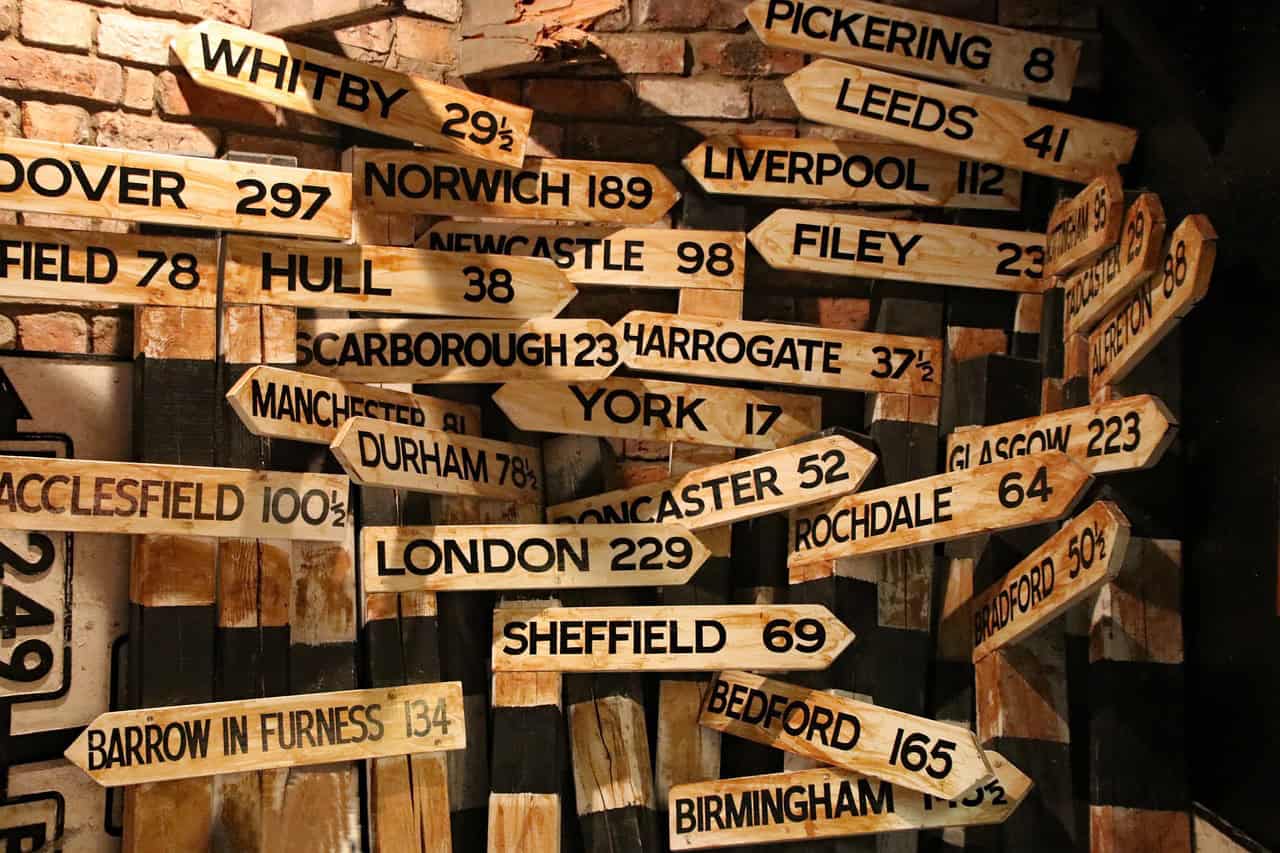There’s been some buzz about Holacracy recently, with the news that the fine folks at Zappos are adopting it and running with it. It is all very exciting — I have never checked my Twitter feed so often! I’ve noticed some misconceptions out there about Holacracy itself, and I wanted to try my hand at clarifying things a bit.
One challenge that we’ve had at HolacracyOne is explaining and describing Holacracy quickly and succinctly in a way that is easy for folks to understand. Holacracy is so different from how we typically think about organization, so, it comes as no surprise to me that there are some confusing things being said out there.
A bit about me. I have been practicing Holacracy for 7+ years at HolacracyOne. I was around and involved during the formative years of Holacracy. I like Holacracy and I like working at a company that runs with it, so needless to say, I am a bit of a biased party. I’ll try my best to stick to the facts and stay neutral in this post.
On to the stuff.
Myth #1: You can make an organization “a holacracy” without practicing Holacracy.
Holacracy is a specific system for running an organization, not a category. Its rules are specified in the Holacracy Constitution. While there may be many progressive companies doing things that are principally aligned with Holacracy, unless you are following the rules and practices as outlined in the constitution, you are not practicing Holacracy. If you’ve never heard of Holacracy before today, it is very unlikely that your organization is practicing Holacracy, the rules and practices are just too specific for that kind of coincidence.
I’ll admit, I was surprised to see the language of “an organization can be a Holacracy” — it isn’t how we think or language it at HolacracyOne. When we talk about Holacracy, we are talking about a specific system and ruleset, similar to how you might say ‘soccer’. We don’t talk about ‘having a Holacracy’ or ‘being a Holacracy’, but we might say ‘practicing Holacracy’ or ‘a company is running with Holacracy’.
Myth #2: Holacracy is structureless and chaotic.
On the contrary, Holacracy is very structured and ordered. That’s how people know what to do. Holacracy is about transparency and clarity. In Holacracy, the organization is broken down into roles in order to get the work done, and people fill these roles. Each role has a purpose, accountabilities, authorities, and areas to control. These roles are updated in real time in special meetings to keep them aligned with reality and make sure that roles can interconnect successfully. This may sound similar to job descriptions, but there are key differences that I won’t go into here (more on that here). For example, here are the roles that I currently fill at HolacracyOne, if you want to see what roles look like.
Further, Holacracy makes all rules and roles explicit so that no one has to guess, and everyone can be on the same page.
Myth #3: Holacracy removes all hierarchy.
This one is a bit tricky, because we think and talk about structure differently in Holacracy. A lot of people are saying that Holacracy has a flat structure, or are using Holacracy to mean a flat structure. This is sort of true, and sort of not. Traditionally, when we think about corporate hierarchy, we are thinking about a management hierarchy of people, where power is held by a person at the top who can direct others or delegate from there. There is no management hierarchy like this in Holacracy, so in this sense, Holacracy is “flat”. In Holacracy, power is held by roles, not people, and those roles gain power through a governance process, not from a boss delegating it. But roles are grouped into circles and these circles are grouped into broader circles, and so on. This is a type of hierarchy (a “holarchy”), but it is not a management hierarchy with a role “above” having the power to direct a role “below”. And, people can fill many roles throughout the organization as well. For example, you can see HolacracyOne’s holarchy here.
Myth #4: Holacracy prescribes approaches for compensation and hiring/firing.
Holacracy doesn’t dictate exactly how a company should do everything, but rather how it should go about organizing itself and deciding how specific processes work. This is why many answers about how things are done in Holacracy are “that depends”. Holacracy specifies how to decide, not what to decide. There are principles an organization can align with when designing systems like compensation that will align well with Holacracy, but there’s no one prescribed answer. For example, here’s how we handle hiring/firing issues at HolacracyOne. And this specific approach was put in place through Holacracy’s general governance process.
Myth #5: Holacracy is a silver bullet.
Holacracy is not a silver bullet. It is simply a technology that specifies how an organization can build its bones and structure itself. It probably doesn’t do all of the magical things that folks think it will do, but it can be pretty transformative. Holacracy will not make unicorns pop out of cupcakes, but if practiced regularly, there is increased transparency, efficiency, and more distribution of power and authority.
Just like anything, Holacracy takes practice and teaches and requires discipline. In my opinion, Holacracy practitioners are a sort of organizational athletes.
Hopefully, some of this will help you get a better idea of Holacracy and what sort of creature it is. If you have the time and the interest, I would recommend watching the intro video for a walkthrough of Holacracy. If you want more, you can find shorter videos on HolacracyOne’s YouTube Channel, and more in-depth blog posts by various authors in the Holacracy collection here on Medium.
I would like to extend a special thanks to everyone who has tweeted or blogged about Holacracy. Not just for sharing it, but at least for me, it has provided a fresh view into how folks are thinking about Holacracy and has given me new insight into how Holacracy looks to folks who aren’t in it every single day.
To learn more about self-management, join a community of pioneers and check out our e-learning suite → Self-Management Accelerator



